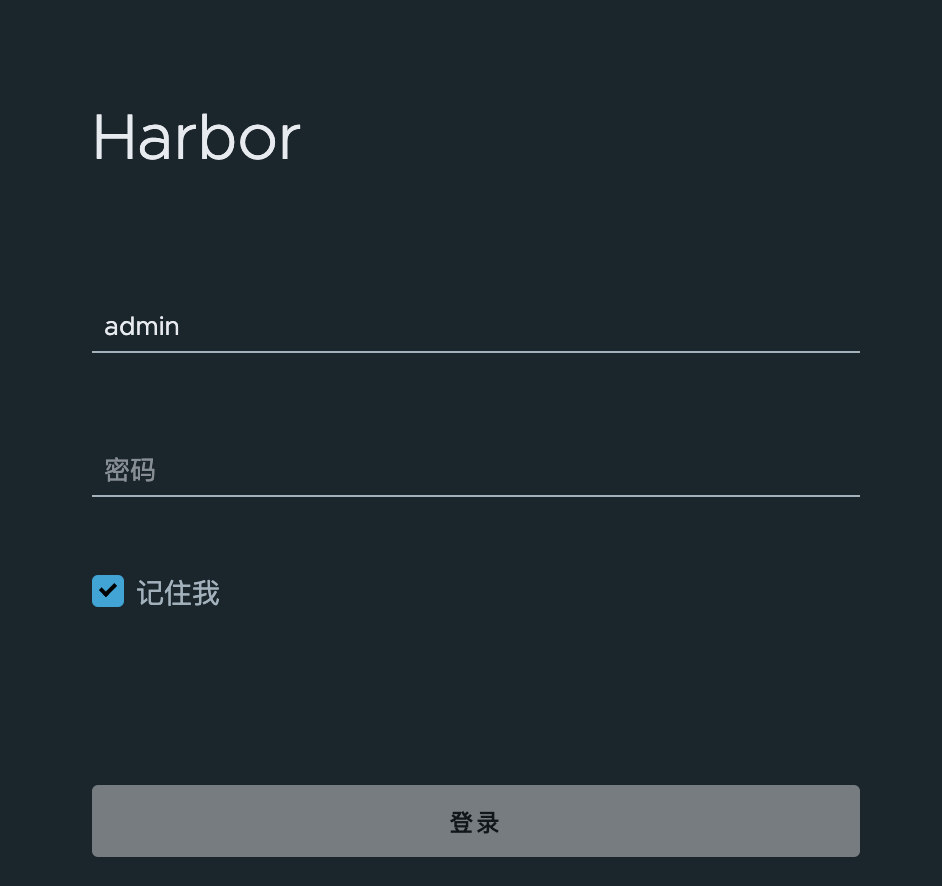


You’ll need to edit or create /etc/docker/daemon. Insecure registries can refer to ones that are protected with self signed or untrusted SSL certificates or ones that do not communicate over secure channels (HTTP). Then restart Docker with sudo service docker restart. Even though Docker and OpenShift emphasize secure communication, the Docker daemon can be configured to retrieve images from insecure registries. You’ll need to edit the DOCKER_OPTS in your /etc/default/docker file.įor example, you’ll want to make it look similar to this:ĭOCKER_OPTS="-insecure-registry -H tcp://127.0.0.1:2375 -H unix:///var/run/docker.sock" for a registry running on port 80 on. You’ll need to configure both the Docker daemon running your registry and any Docker daemons that plan to interact with that registry by white listing your insecure registry. But if you are a container or image developer or you are just plain breaking new ground, your registry may not use tls-verify. Make sure your shell is configured to reuse the Minishift docker daemon. For a detailed example, see the Minishift Quickstart section. The obvious advice here is that you should always be using a registry which implements tls-verify. Logging Into the Registry Start Minishift and add the oc binary to the PATH. You should attempt to protect your registry with SSL certificates but I get it, the real world happens and sometimes you’re in a pinch to get something to work.īut before we continue, please understand that anyone can sniff your traffic in between your registry and your box(es) if it’s not secured by TLS. Podman and insecure registries The last few weeks, we have had a number of bugs and questions about how to pull from an insecure registry. Updated on April 13th, 2018 in #docker Docker Tip #50: Running an Insecure Docker Registry Running an insecure registry isn't recommended but sometimes it's the easiest and most reasonable solution.


 0 kommentar(er)
0 kommentar(er)
